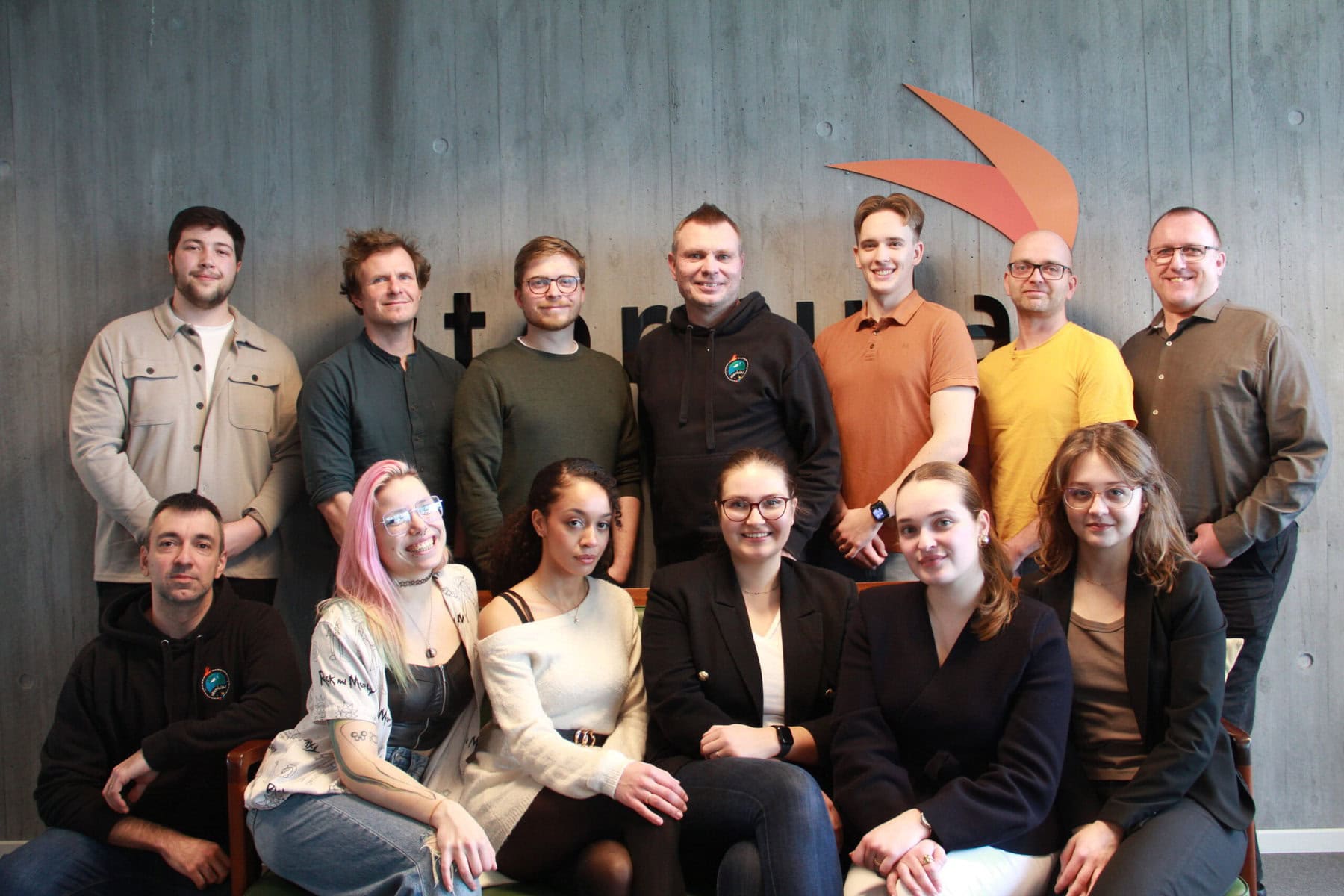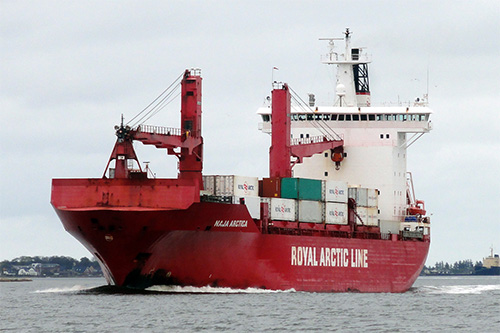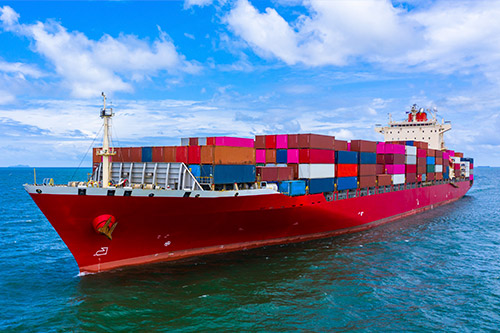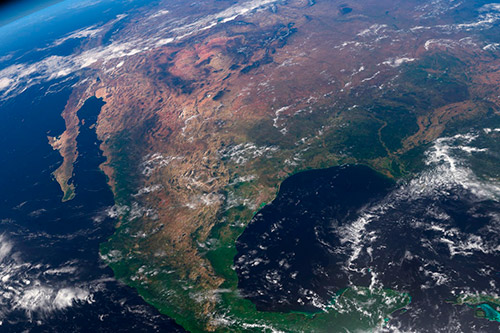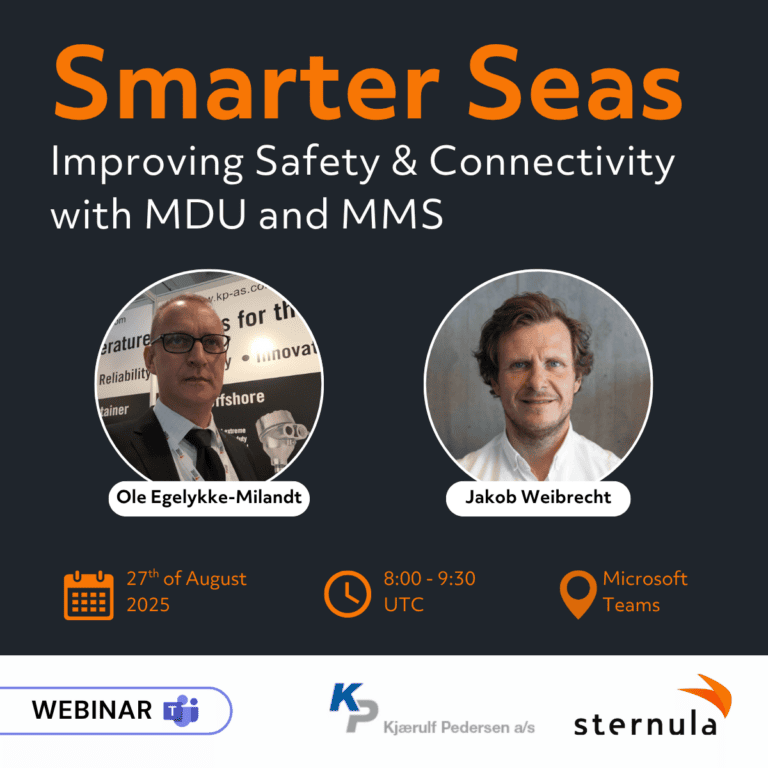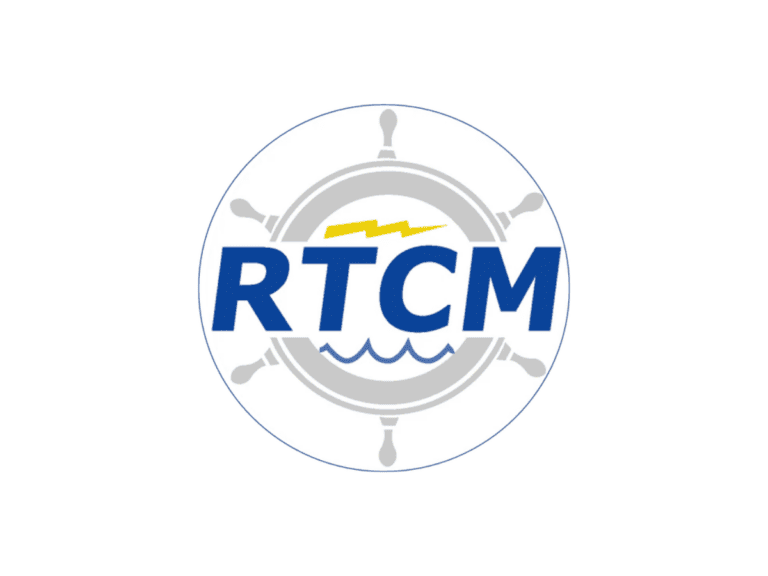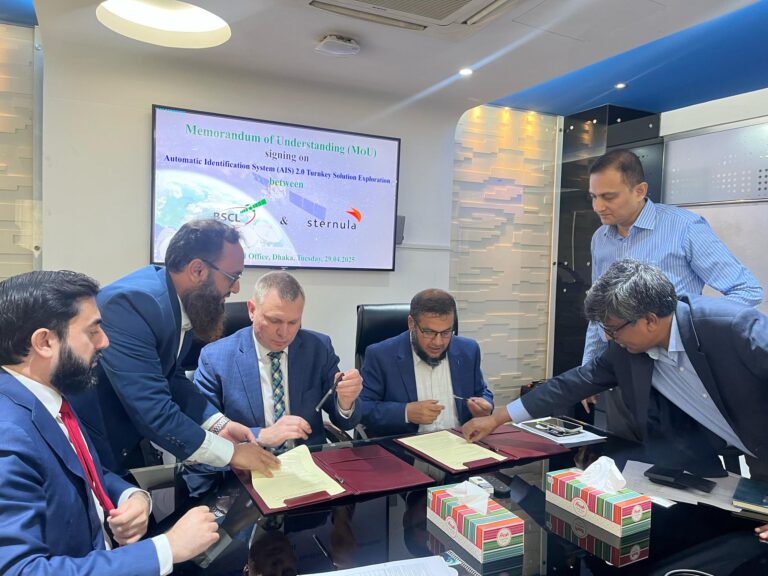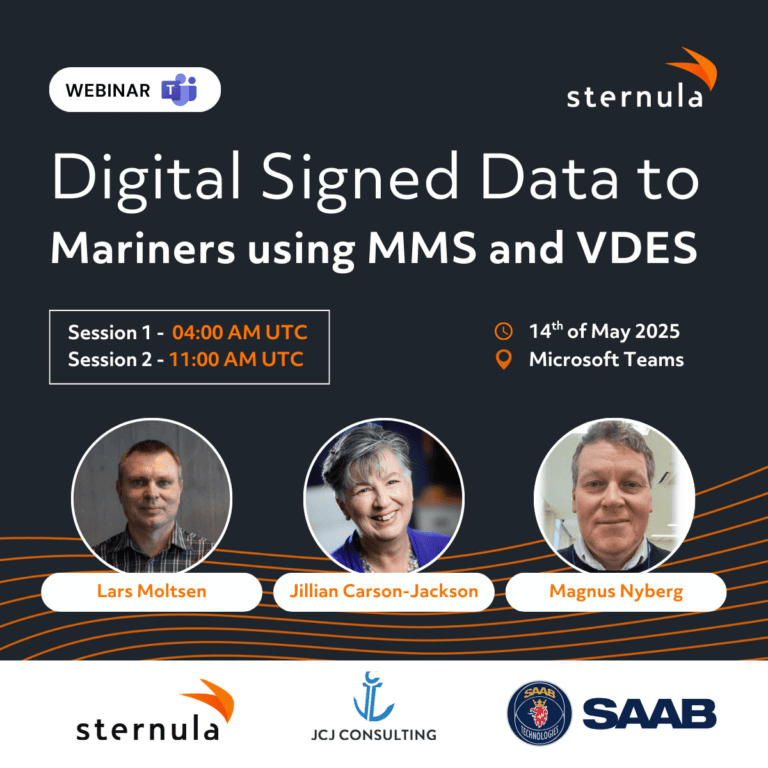Connectivity solution for maritime authorities
The maritime authority is responsible for maritime safety and a range of navigational services within its waters. It is important for the maritime authority that implemented solutions are available to everyone in their waters of jurisdiction at the lowest possible cost.
Maritime authorities globally are working right now to deploy and take advantage of the new VDES technology. Existing AIS systems deployed in the coastal VHF radio network will be upgraded to VDE-TER which will open up for a range of new services.
VDE-SAT enables the maritime authority to extend access to its services in GMDSS area A2-A4. VDE-SAT will be key to effective provisioning of mandatory services in Arctic waters.
Contact Sternula to learn more about new opportunities for better safety and navigational services with VDES.
VDES is standardized by IALA, the international association for maritime authorities and industry. Detailed information about IALA’s ongoing activities can be found at this link.
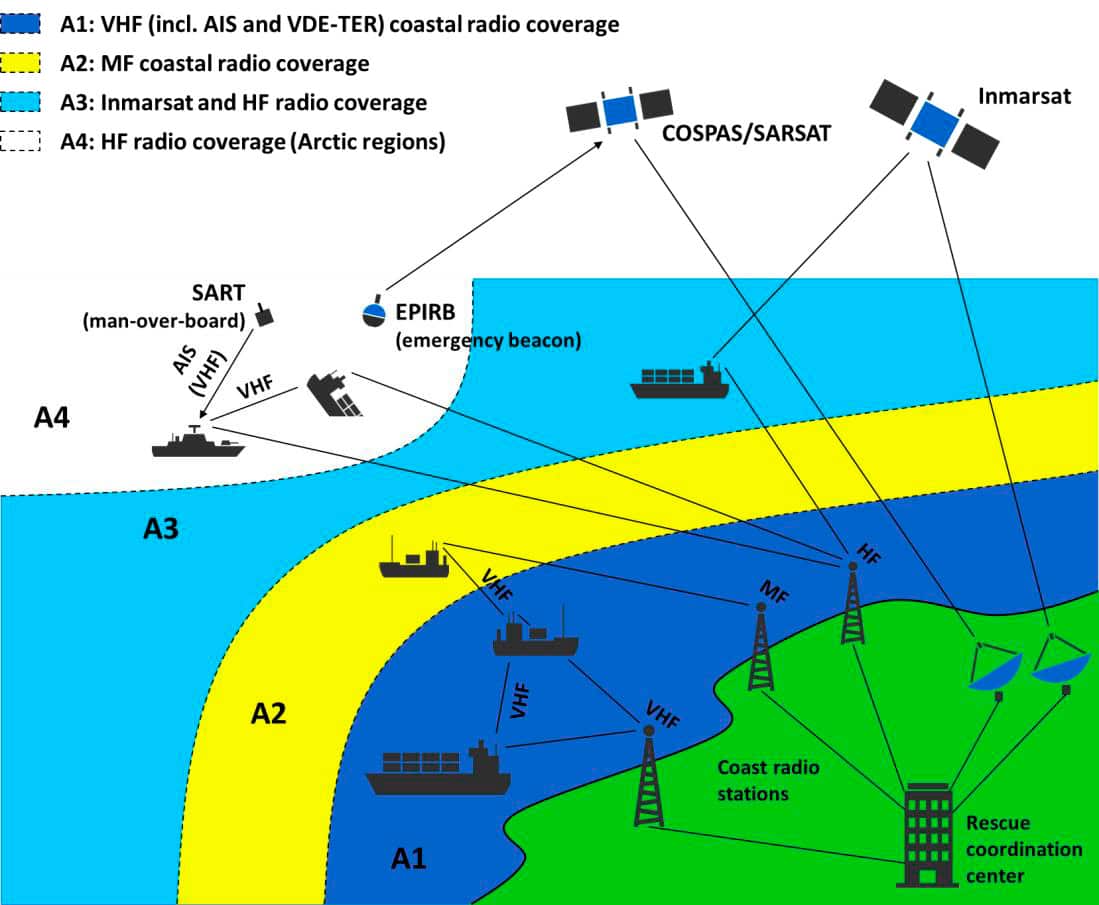
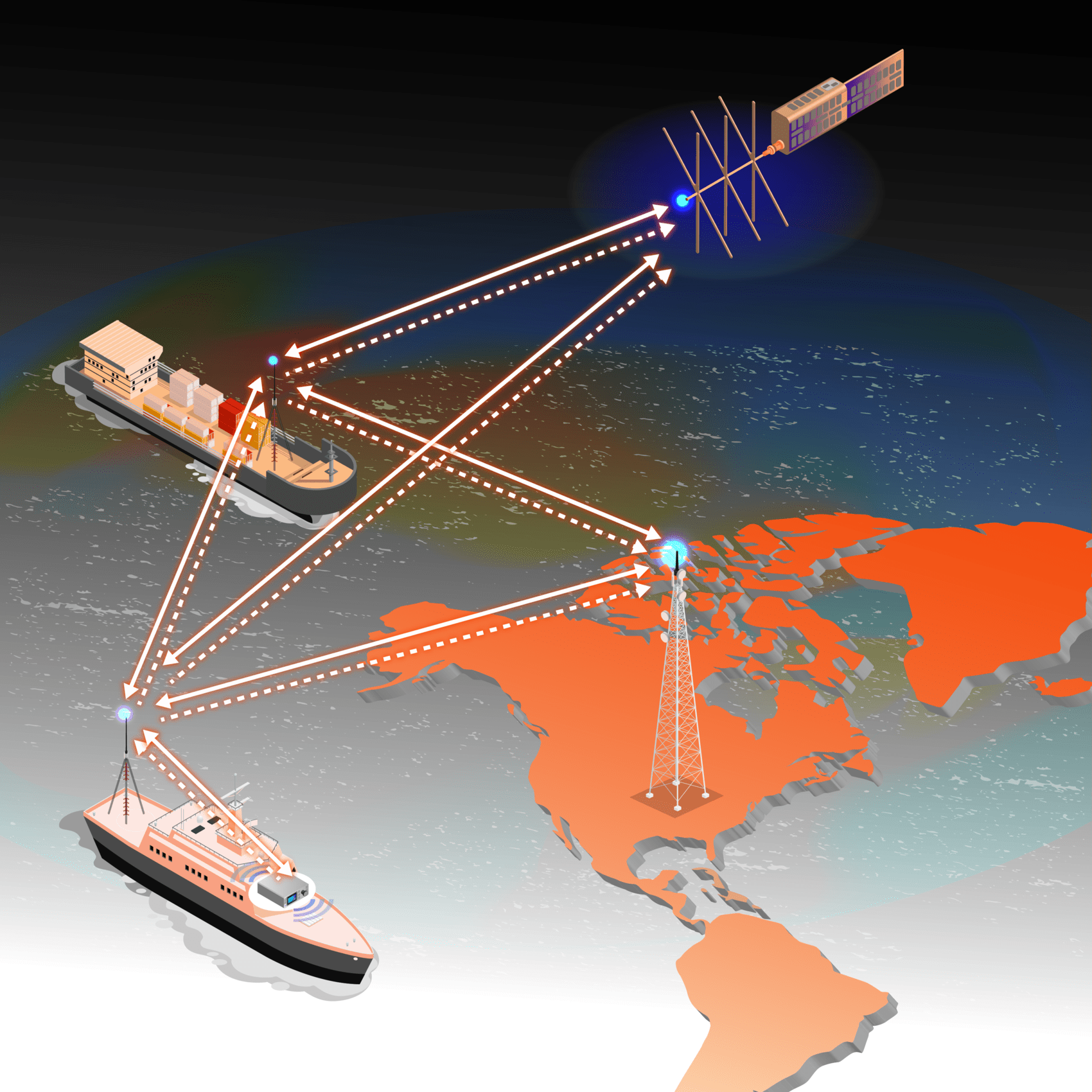
Application
The national maritime authority is obliged to implement services to facilitate effective and safe maritime commerce while enforcing regulations and protection. Such obligations are standardized under United Nations IMO conventions.
An obstacle for realizing digital solutions for these obligations (e-Navigation services) is the lack of cost-effective, standardized connectivity options which integrate with critical ship equipment without opening the door to cyberattacks.
AIS 2.0 was developed to provide exactly such connectivity. Maritime authorities globally will soon start to deploy AIS 2.0 over coastal VHF radio networks in GMDSS area A1 (near-shore waters).
Sternula offers AIS 2.0 coverage via satellite in GMDSS areas A1-A4 (globally). The support of satellite coverage allows the maritime authority to focus coastal network investments optimally where the amount of ship traffic is high.
How it Works
AIS 2.0 is the combination of current AIS, which is a carriage requirement under the IMO SOLAS (Safety-of- life-at-Sea) convention, and the new VDES (VHF Data Exchange System) standard.
AIS is deployed today in more than 200,000 vessels. VDES adds new secure data channels, significantly more capacity, and global two-way connectivity via satellite.
The satellite element, which is what Sternula offers, is known as VDE-SAT. AIS 2.0 works over the existing VHF antenna and a newer AIS terminal (no extra satellite antenna onboard!).
AIS 2.0 by design does not allow IP connections. This means that critical onboard systems, such as the ECDIS charting system, engines, and power systems, that could be the target of cybercrime, espionage, and terrorism may be connected securely to shore services via AIS 2.0.
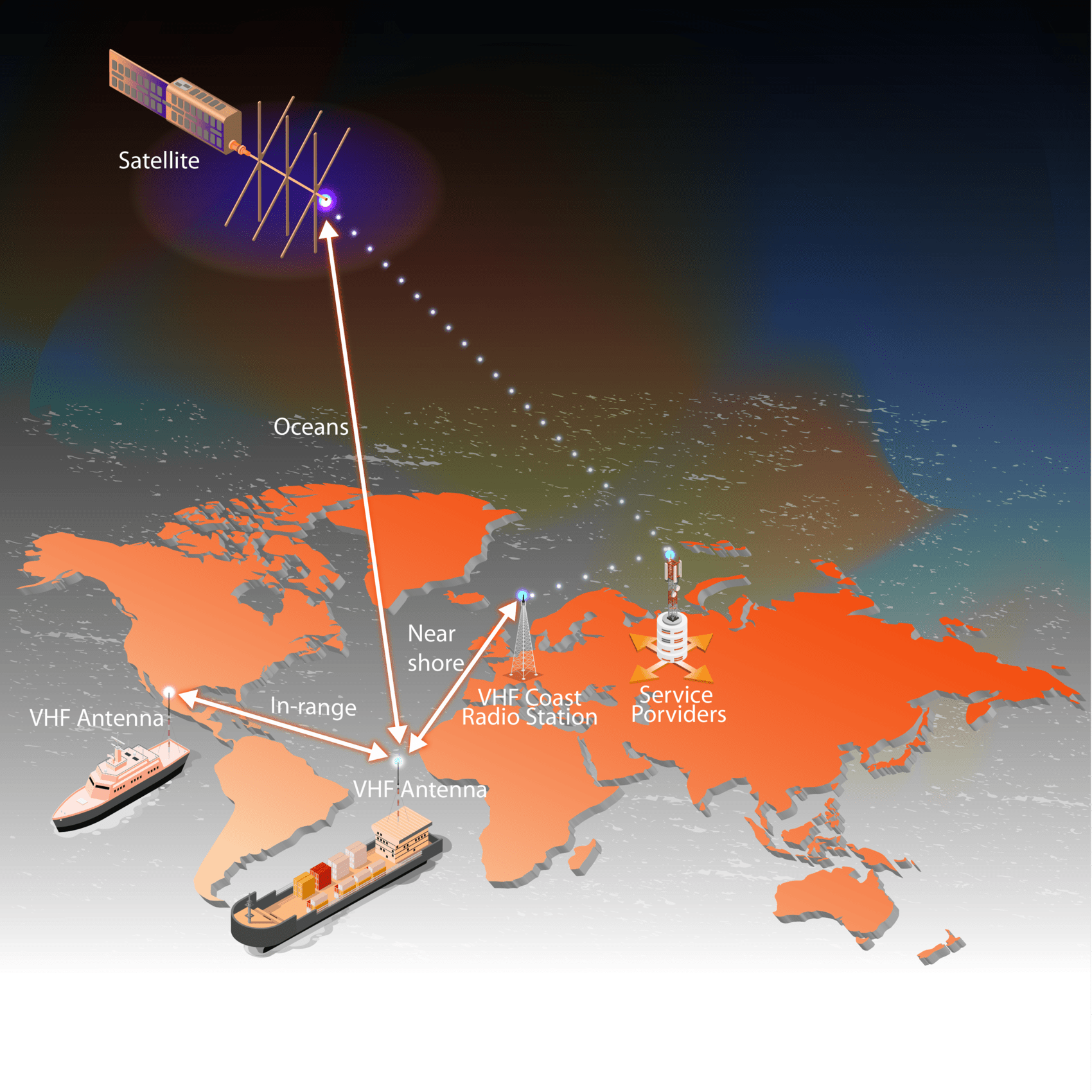
About US
Sternula is the world’s first commercial provider of satellite based AIS 2.0
Sternula offers global VDE-SAT connectivity for maritime authorities and industry using our own fleet of advanced micro satellites in Low-Earth Orbit (LEO) which is operational from early 2023.
We are on a mission
We want to save lives at sea, reduce pollution from inefficient ship operations, enable autonomous shipping, provide better weather and ice warnings, monitor the state of the oceans, and much more – by introducing a new, global IoT connectivity option for the maritime sector.
